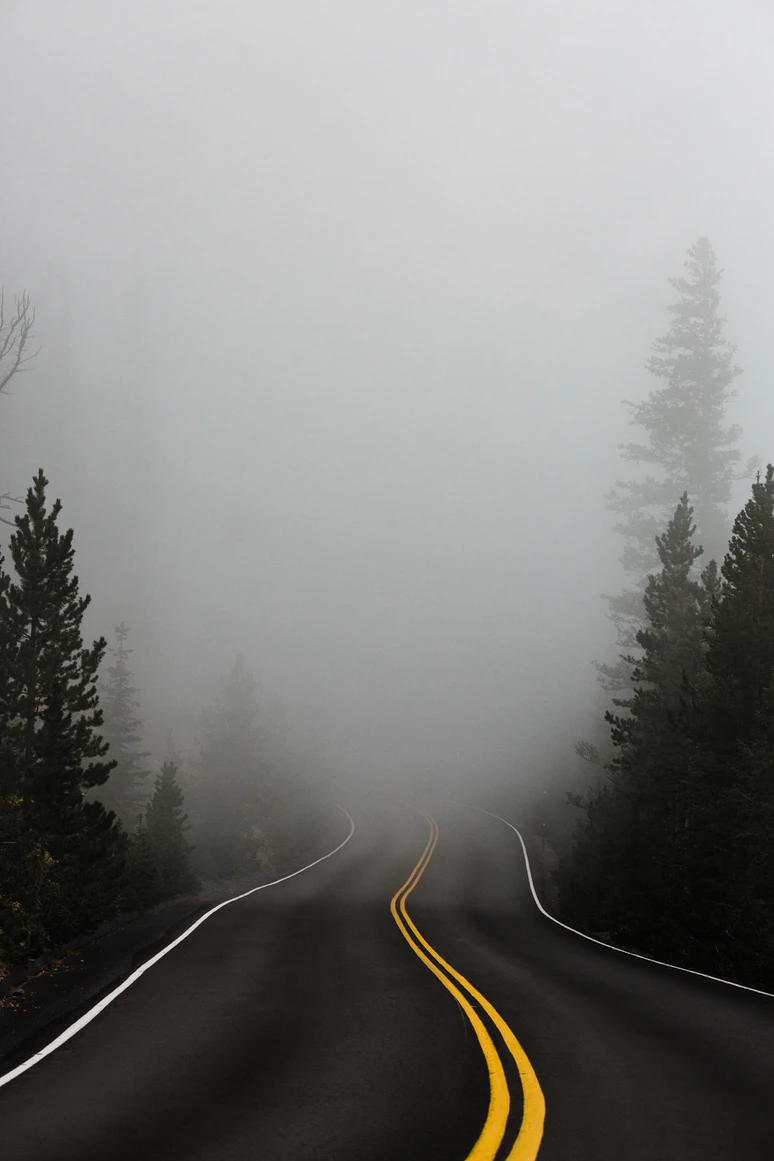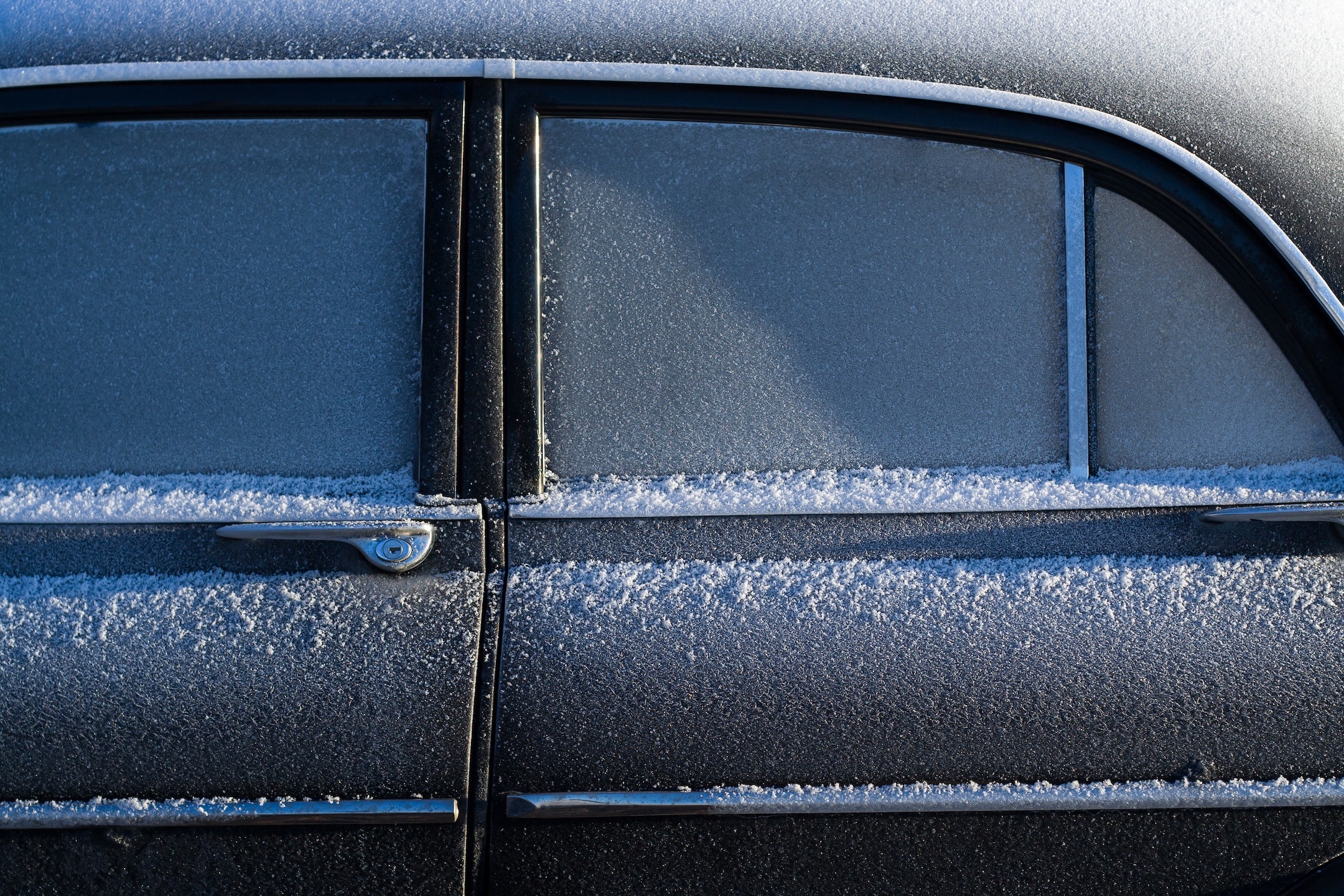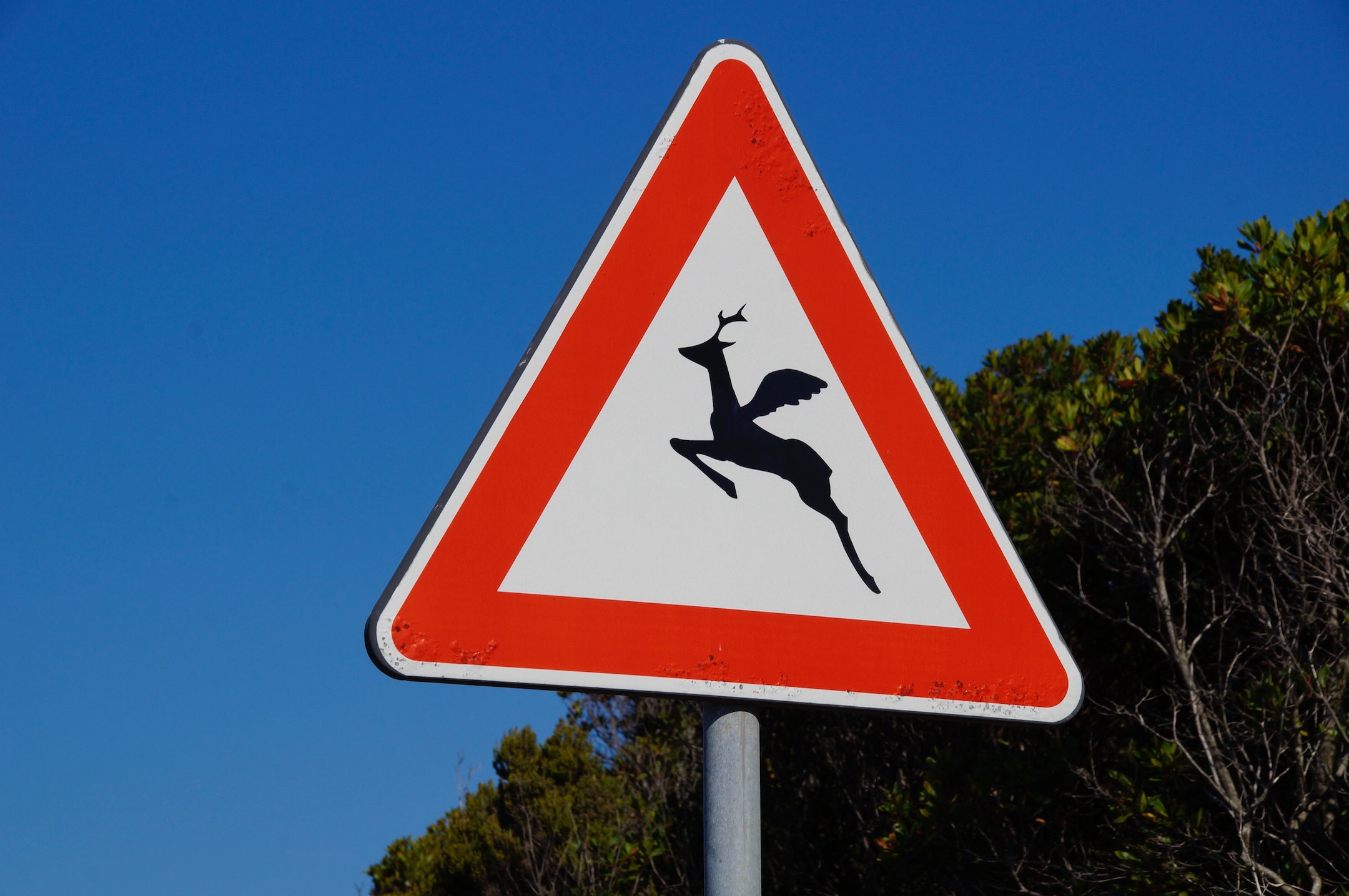5 Driving Concerns As the Daylight and Weather Changes

As the weather starts to change and the Daylight Savings Time ends, there are a few things that drivers should keep in mind to keep safe on the roads.
According to a recent study, half of the cyclists, 44% of pedestrians, and 44% of drivers say they don’t feel safe on the roads.
We’ve listed down the five driving concerns to be aware of as we switch over to shorter days and bad weather. By being prepared for these potential roadblocks, we can help keep ourselves and others safe on our roads.
1. The Glare From The Sun Can Be Blinding During The Day
Especially when the sun is lower in the sky, it can be a significant hazard for drivers, as they may not see the road correctly. To avoid this, make sure to keep your windshields clean, use sunglasses when driving during the day and use a sun visor.
Another factor to consider when driving in the fall is the change in light. It can be difficult to see pedestrians and cyclists in the morning and evening, as they will be difficult to spot against the dark background. To avoid accidents, make sure to drive slowly and carefully in these situations.
Be especially careful when driving on curves and hills, and make sure to use your brakes slowly and steadily. If you do find yourself in a situation where you need to stop quickly, make sure to pump your brakes rather than slam on them.
2. Slippery Road Conditions
Leaves on the road can be a significant hazard for drivers. When wet, they can create slippery driving conditions that lead to accidents.
In addition to leaves, other things can cause slippery driving conditions. These include:
- Rain
- Ice
- Snow
- Wet Pavement
- Dusty Roads
- Oil Spills
- Animal Droppings
Slippery road conditions can cause drivers to lose control of their vehicles, leading to accidents. Drivers must be aware of the dangers of driving in such situations and take extra precautions when necessary.
Some tips for driving in slippery conditions include:
- Reducing your speed
- Keeping a safe distance from other vehicles
- Using caution when braking and turning
- Avoiding sudden movements
If you must drive in slippery conditions, make sure to take your time and be extra careful. Remember that safety is always the number one priority.
3. Frosty Car Windows
 Photo by Juha Lakaniemi on Unsplash
Photo by Juha Lakaniemi on Unsplash
The colder weather brings several potential hazards for drivers, including frosty windows that make it difficult to see out of your car.
Here are a few tips to help keep you safe on the road:
- Make sure your windshield wipers are in good condition and that your washer fluid is full. This will help to clear away any frost or ice from your windows.
- Keep a scraper and some warm water in your car so that you can clear away any frost or ice from your windows.
- Try to avoid driving when dark outside and the roads are icy or wet.
- If you are having trouble seeing out of your car, pull over to the side of the road and wait until the weather clears up or until it is safe to continue driving.
Frosty windows can create a dangerous driving condition, as they can impede your ability to see out of the car. Make sure you take the necessary precautions to keep yourself and others safe on the road by following these tips for clearing frost from your windows.
4. Deer Are More Active During This time Of Year (And Can Run Into The Road without Warning)

Photo by Jürgen Scheeff on Unsplash
The end of Daylight Savings Time means that deer are more active during the evening and night hours. Deer can run into the road without warning, so drivers need to be alert and aware of their surroundings.
According to the Ministry of Transportation, there are an average of 2,500 collisions involving deer every year in Ontario. These collisions can cause severe injuries and even death to drivers and passengers.
In order to avoid a collision with a deer, drivers should:
- Stay alert and watch for deer crossing the road
- Use high beams when possible to see further ahead
- Slow down when driving in areas where deer are known to be present
- If a collision is unavoidable, try to steer away
As deer are more active during this time of year, it is crucial to be aware of their movements and take necessary precautions while driving.
Always stay alert when traveling on roads in areas known to have deer, and if you see one crossing the street, slow down and allow them plenty of room to cross safely. Remember that deer can run into the road without warning, so always use caution when driving in these areas.
5. It’s Getting Darker Earlier In the evening, So Be Extra Cautious When Driving At Night

Photo by Kelly Sikkema on Unsplash
The end of Daylight Savings Time in Ontario, Canada, can often mean darker evenings and an increase in the number of car accidents. Drivers need to be extra cautious when driving at night, especially since there is an increase in distractions and poor visibility.
According to a study by the National Safety Council, during daylight saving time, drivers are at an increased risk of being in a crash due to driver fatigue. The risk peaks during the first week after the time change.
In addition to driver fatigue, there are other dangers to watch out for when driving at night. Glare from oncoming traffic can be very distracting and make it difficult to see what’s ahead. Poor visibility can also be a problem, especially if it’s raining or snowing.
It’s important to be aware of these dangers and take precautions when driving at night. Drivers should make sure they are well-rested before hitting the road and keep their windows clean so they can see clearly. They should also avoid using their phone or any other distractions while driving. If possible, try to drive during the daytime hours, when conditions are safer.
Being cautious while driving at night can help reduce the risk of accidents and keep you and your passengers safe on the road. Stay alert and stay safe!
But if you want to take your preparation to the next level, we recommend reading this article: 10 Steps to Take After an Accident.

